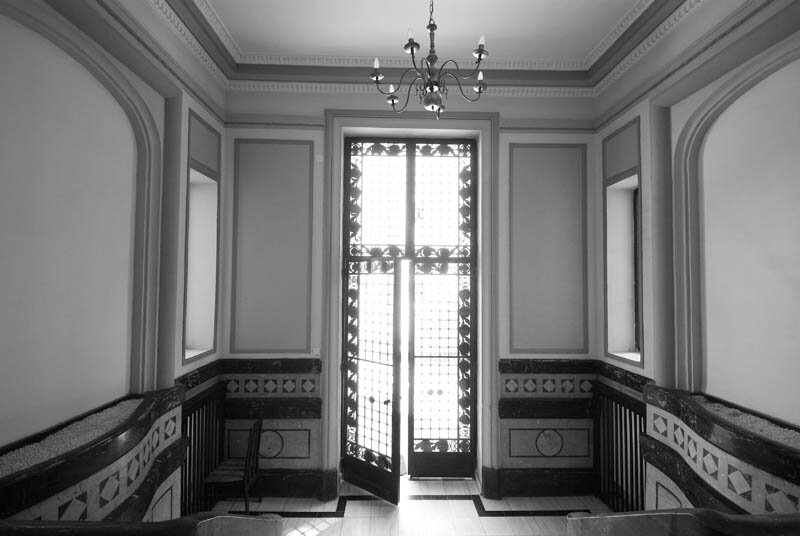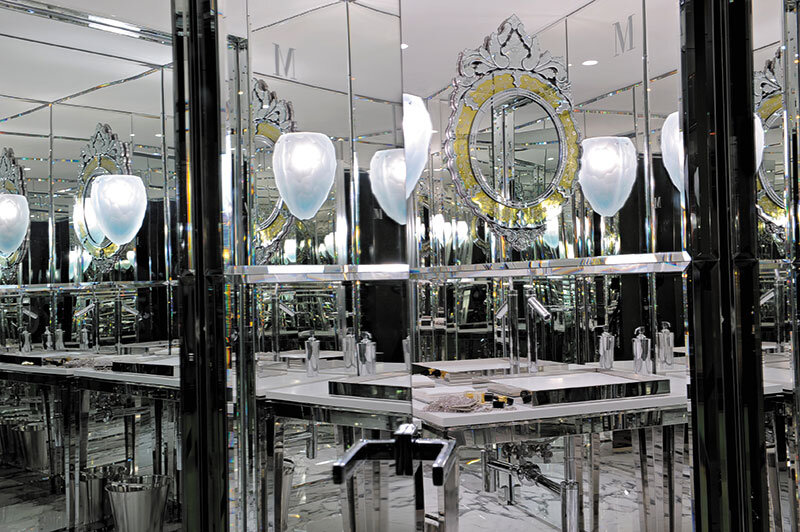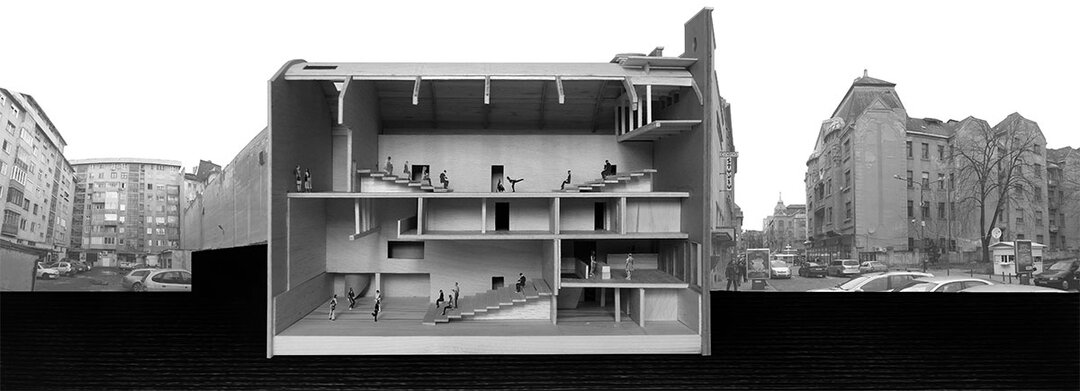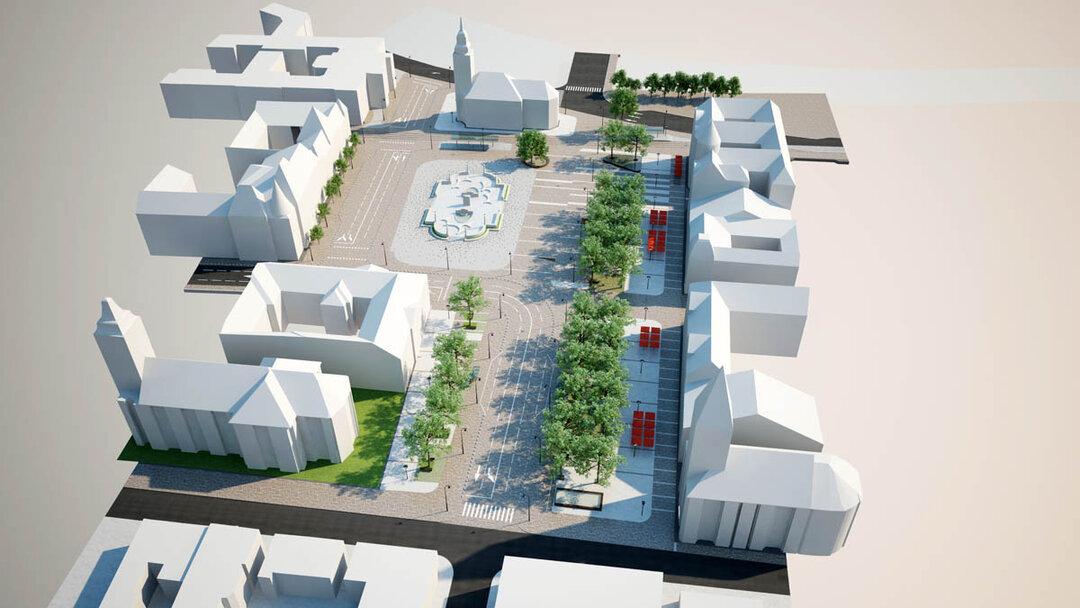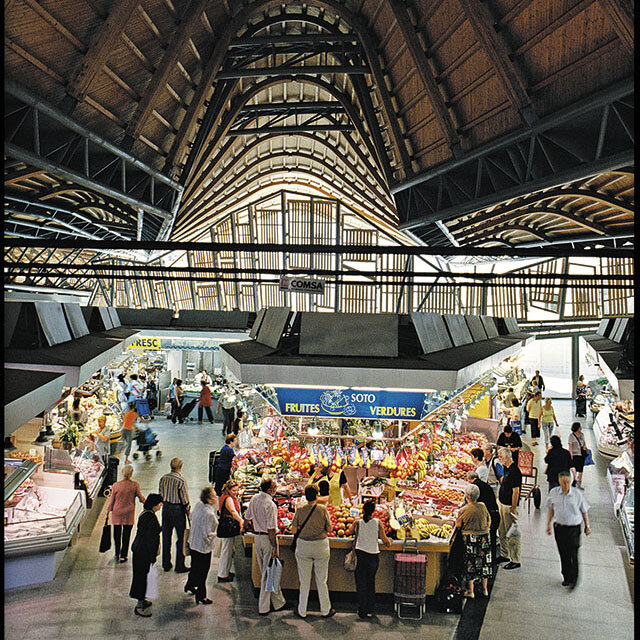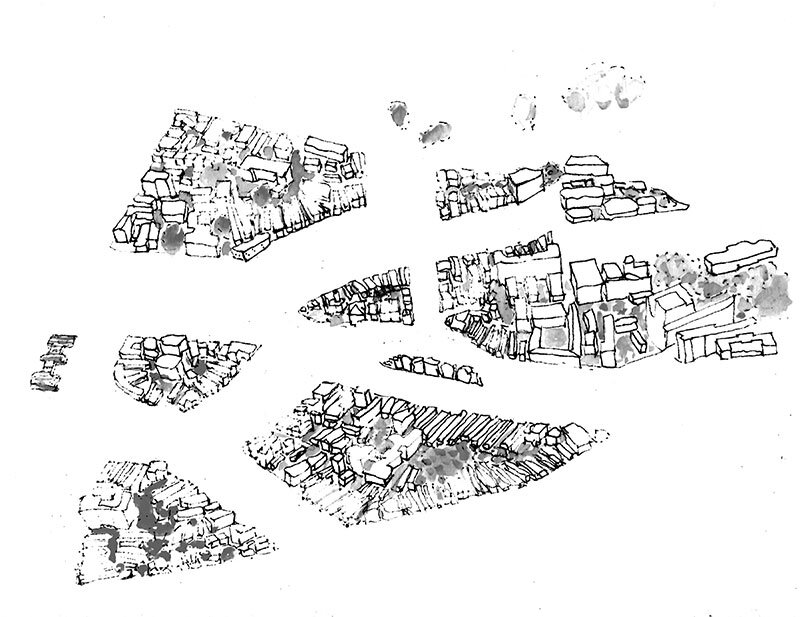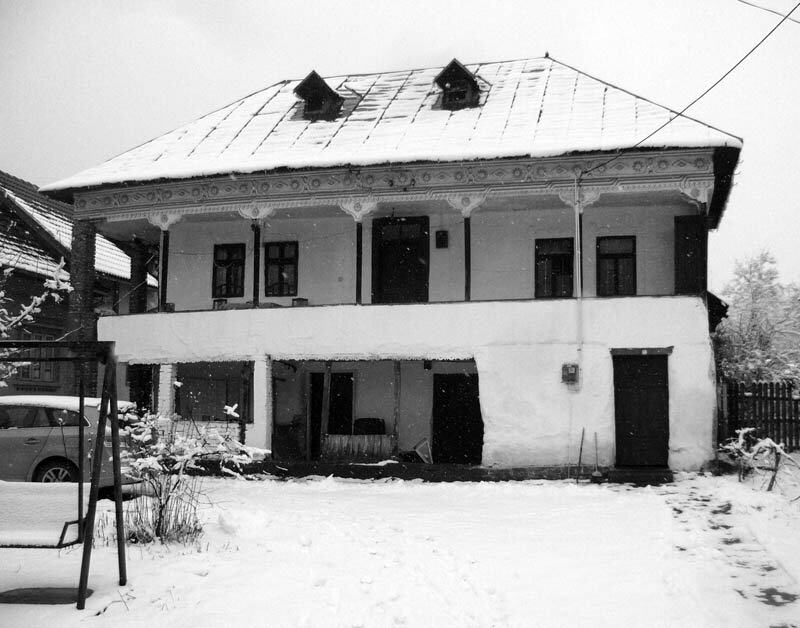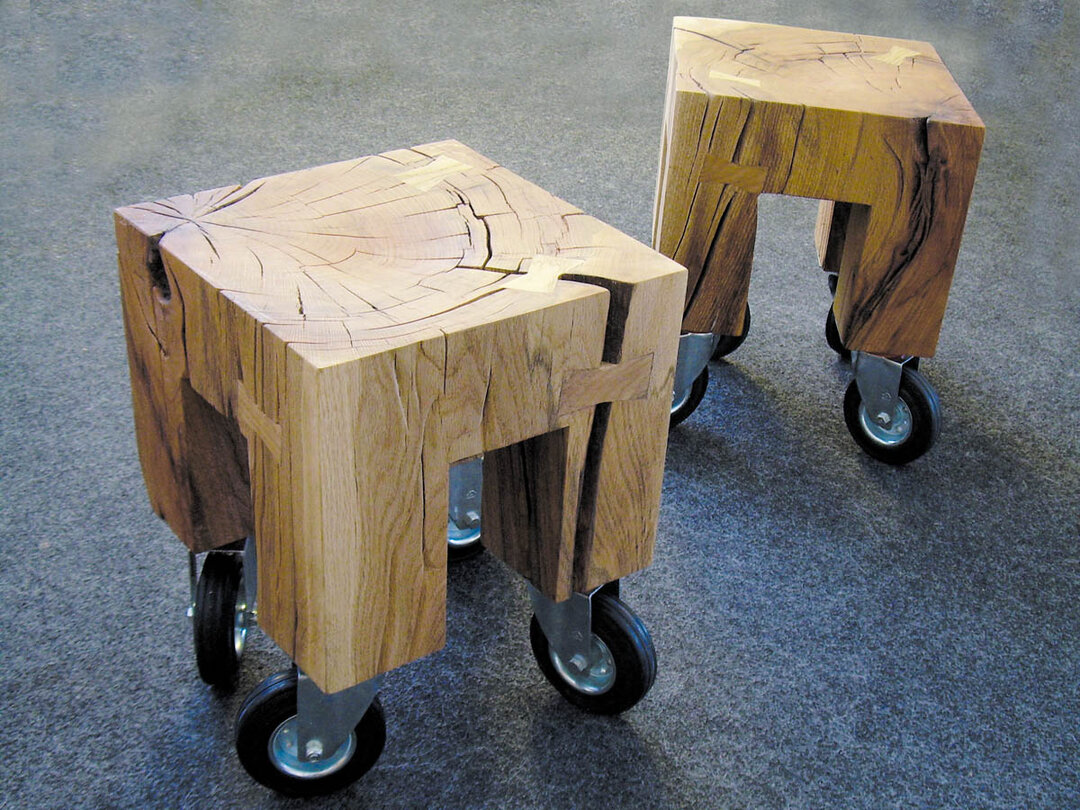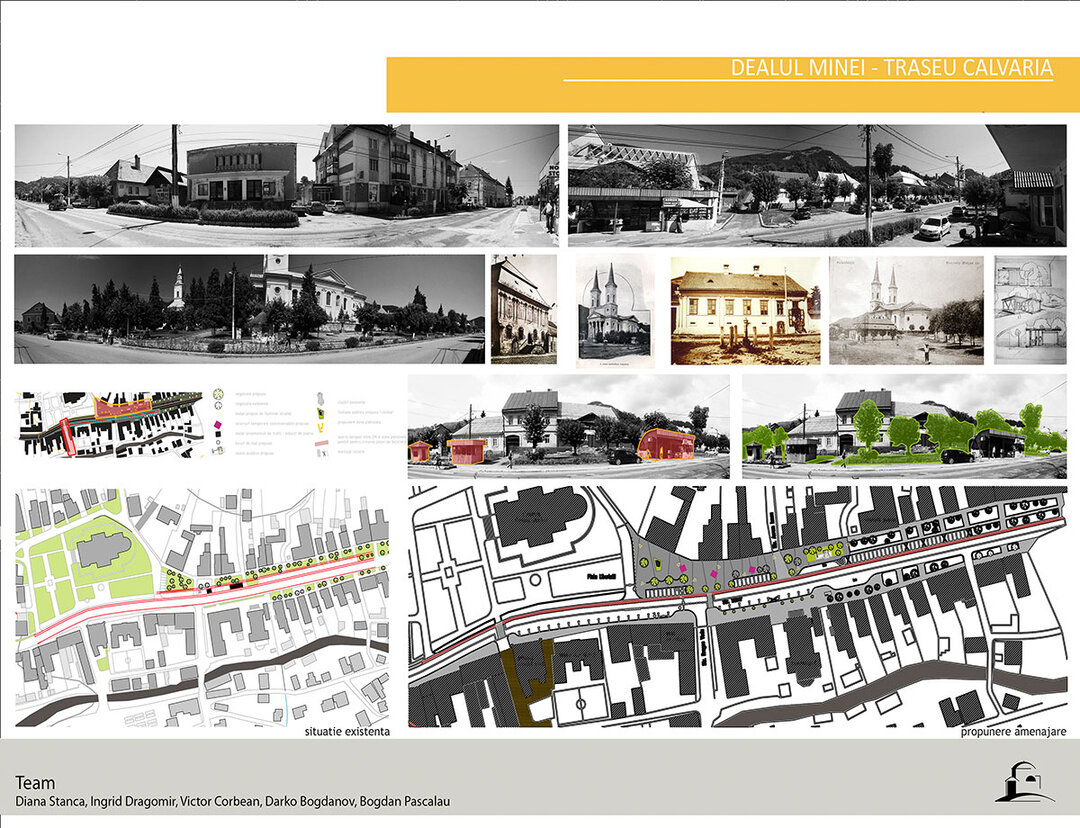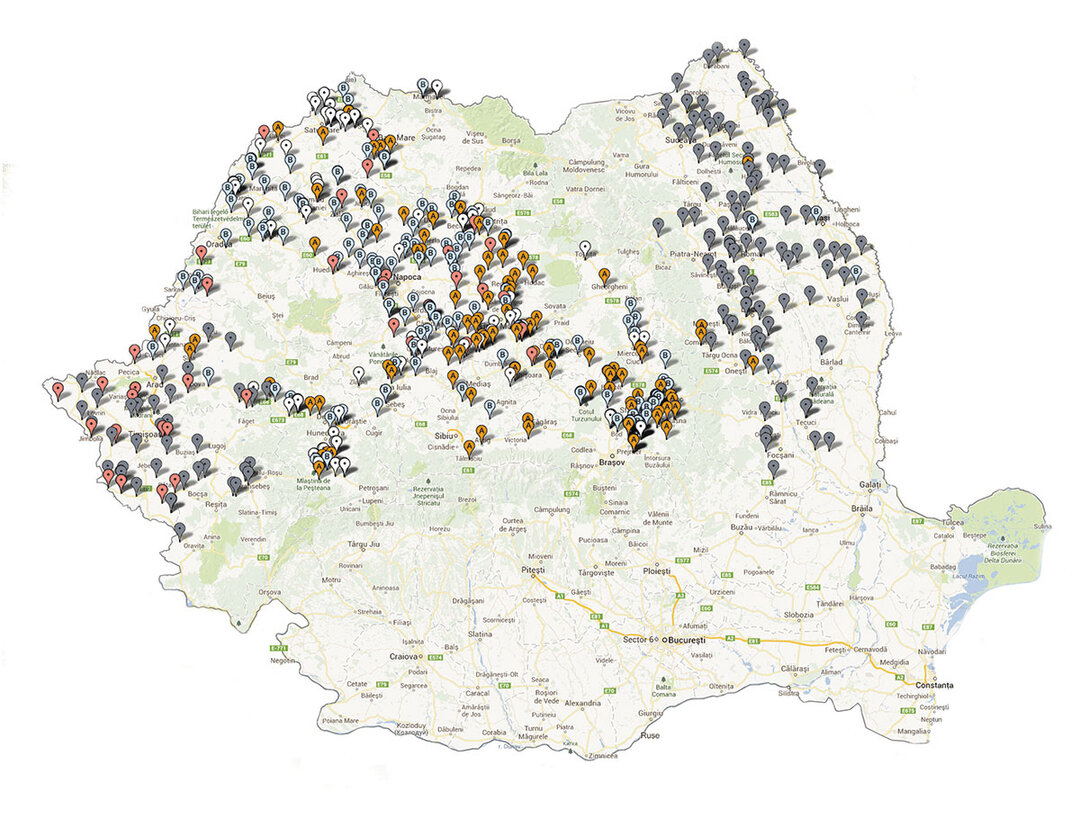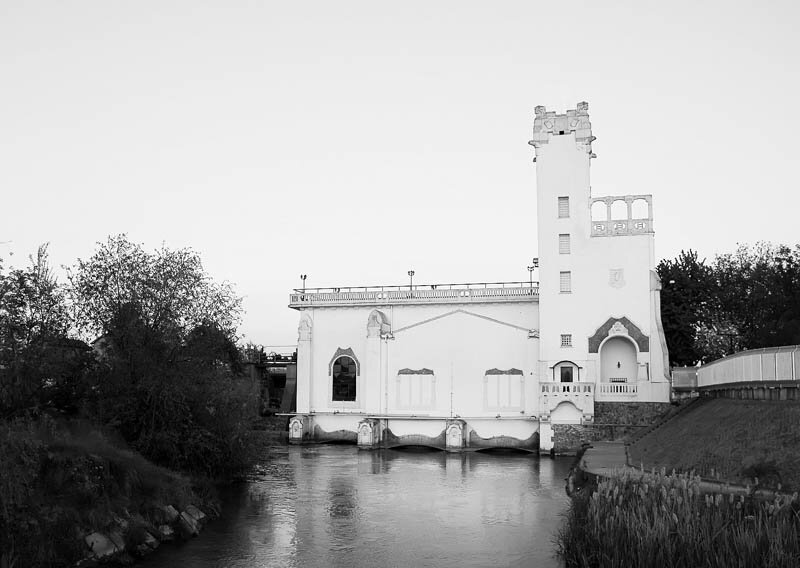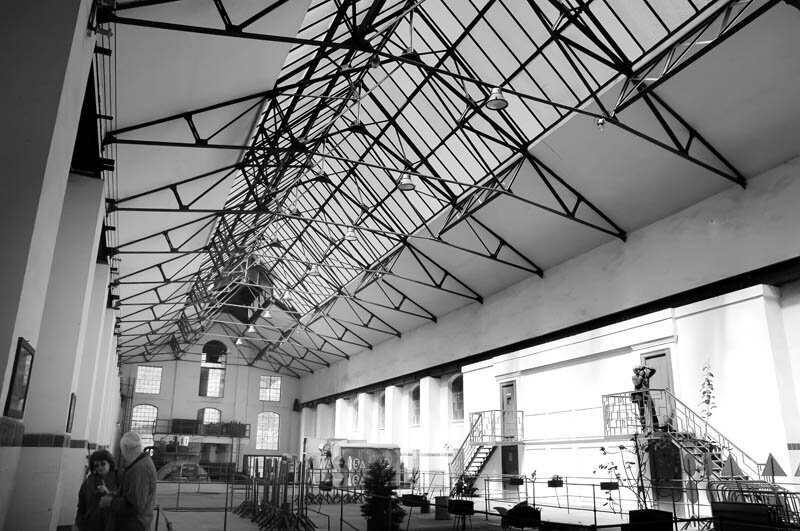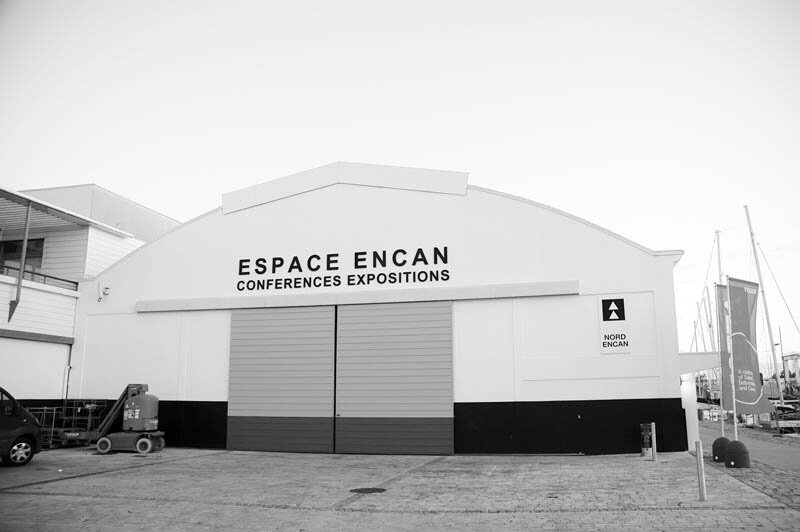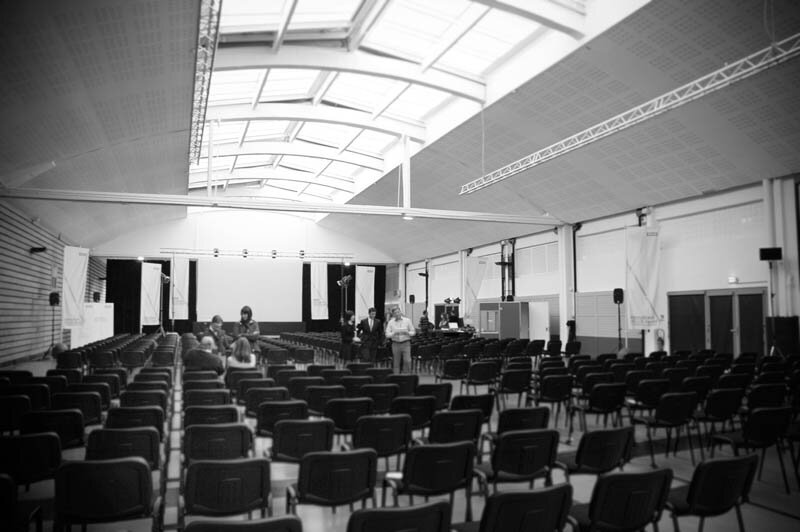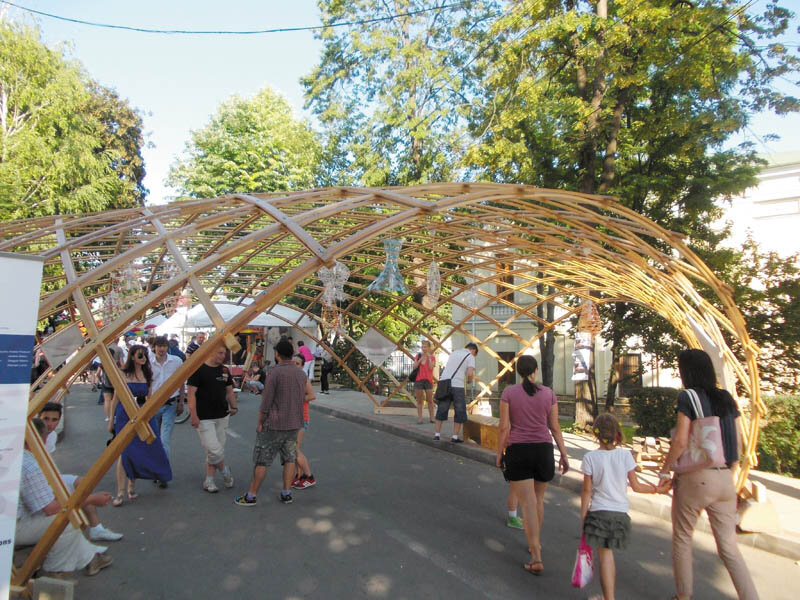
The case for converting industrial buildings
The evolution of the industrialization process has led to a permanent modification of its components, both in terms of the objects produced and the production methods used.
The refinement of technological processes and the way in which raw materials are used, the continuous process of miniaturization of mechanical and electronic components have led to a considerable reduction in the surface area of production premises and to the moral wear and tear of old technologies in relation to new requirements. Also, the production of certain goods has been reduced or ceased, replaced by others with the same functionality but designed and manufactured differently. As a result, the need for premises adapted to new technologies and products has arisen. Another aspect of the changes that have taken place in industry is the phenomenon of companies migrating to areas with cheap labor.
All these phenomena have resulted in the abandonment of large areas of industrial land, which constitute an important built heritage that can be utilized through conversion because of its potential and qualities.
The majority of abandoned buildings, although often with remarkable architectural potential, have either been left to gradually deteriorate or demolished in order to use the land for other investments. This is still the case today, partly because of indifference to the values of a distant past, partly because of ignorance of the ideas of sustainability, conservation and reuse of resources, especially in less developed countries.
Through functional conversion, however, people have increasingly begun to occupy a part of these spaces that were once restricted or off-limits to the public.
Initiated in the 1950s by the American artistic avant-garde for practical reasons, the first conversions consisted of large, well-lit workshops and exhibition areas in the "cheap and old-fashioned"1 abandoned industrial wasteland of Soho - Manhattan. The "loft lofts" were thus created, recreating the ambience of the loft lofts occupied by the Parisian bohemian bohemians. The success of these ventures, both financially and in terms of their unusual architectural realizations, sparked interest in the conversion of industrial buildings.
Over time, the conversion underwent a broad development involving objects or entire urban areas of industrial architecture, thus acquiring the dimension of a distinct and very complex architectural program, which in recent decades has been marked by achievements of exceptional quality.
Note:
1 Niesewand, Nonie, Converted Spaces (London:
Read the full text in issue 4/2013 of Arhitectura magazine


